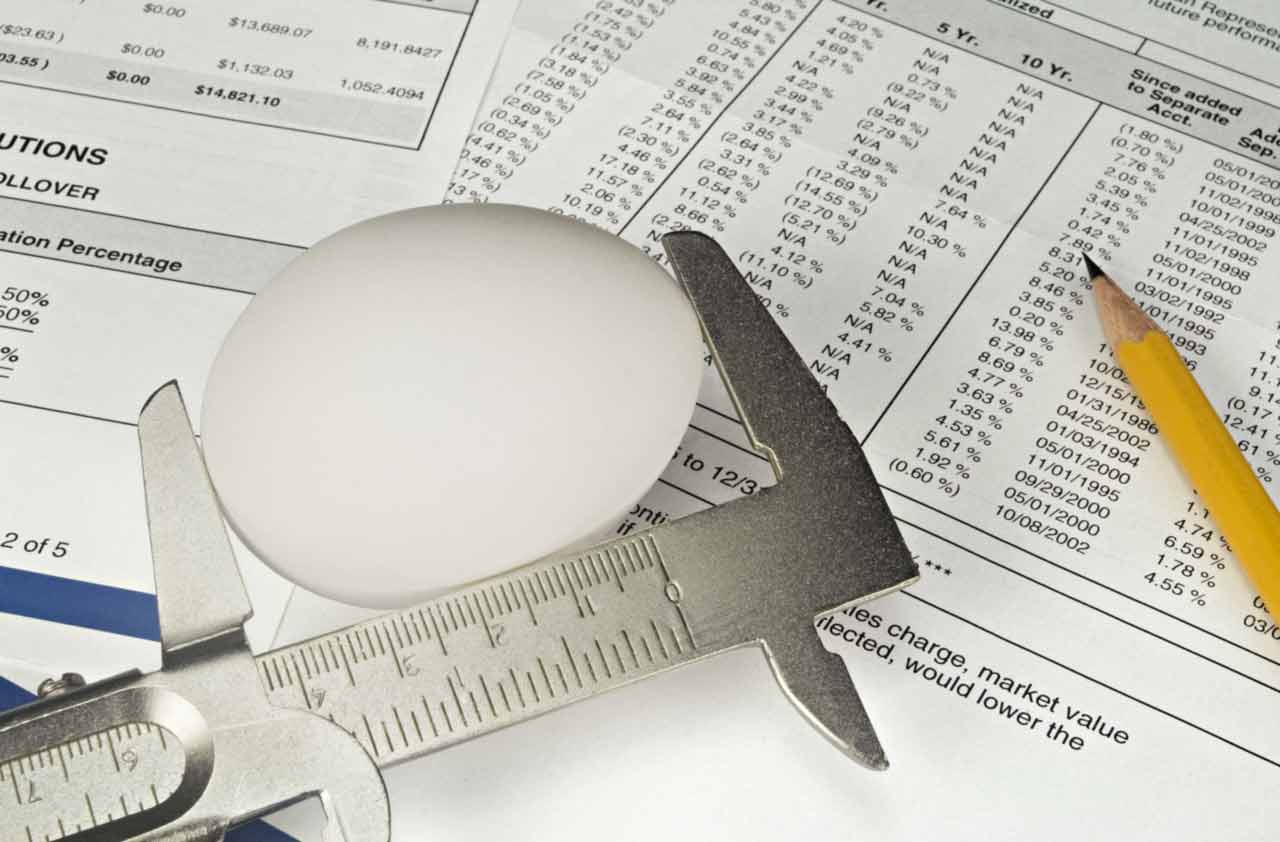How to Diagnose and Treat Financial Portfolio Stress
To safeguard your financial health, now would be a great time to give your holdings a thorough checkup, looking carefully for any potential weak spots.


“You need to manage your stress.”
How many times have you heard those words from your doctor or spouse, or maybe said them to yourself?
The thing about stress is that the problems it causes often lurk beneath the surface. It’s easy to ignore the effects of stress until they lead to a major health problem — high blood pressure, headaches, stomach issues or even a heart attack. Plus, dealing with the aftermath can cost precious time and energy.

Sign up for Kiplinger’s Free E-Newsletters
Profit and prosper with the best of expert advice on investing, taxes, retirement, personal finance and more - straight to your e-mail.
Profit and prosper with the best of expert advice - straight to your e-mail.
Just like physical health, your financial health also can be threatened by stress. Your portfolio may appear healthy and thriving, but without proper attention, it could develop weaknesses that might not show up until economic conditions shift or you experience a life change or enter retirement.
One such concern is the market risk in your portfolio, which could expose you to significant losses if the market drops. As stocks have risen in recent years, it’s been tough for investors to think about anything but watching their account balances grow.
But all good things must come to an end eventually, and if the market hits a major speed bump, retirees and soon-to-be retirees may regret not protecting their nest egg by moving their assets to safer strategies.
Another concern can arise when investors ignore how the money in their different investment accounts has grown — and how it will be taxed when they make withdrawals. Investors often establish accounts at various times in their life and for various needs — an IRA here, an annuity there — until they end up with an assortment of assets that aren’t designed to work together cohesively to reach their goals.
Take Your Financial Pressure
A financial “stress test” can identify these portfolio concerns and so that you can generate a plan that helps avoid future financial ailments. Here’s how you can diagnose and treat any existing symptoms or potential problems:
Discuss your goals.
Every saver has short- and long-term goals. Perhaps you want to explore early retirement. Maybe your goal is to work until you’re 65, then travel or spend more time with your family. Understanding your goals is a crucial step in pinpointing potential issues to your current portfolio.
Examine what you have.
An analysis of your existing assets can help you develop a clearer picture of what stressors are hiding in your portfolio and overall retirement plan. A healthy portfolio will present a mix of asset types, balanced specifically to meet your individual goals. These assets typically fall into one of three “buckets,” each designed with a specific purpose. The buckets are:
- Safety: Assets in the safety bucket are protected and liquid, and they’re meant to be accessible. They include things like cash, savings and money market accounts and certificates of deposit.
- Income: The income bucket includes assets that can act as a “paycheck,” providing money both now and in retirement. These investments should be reliable and capable of outpacing inflation. Income investments can include dividend-paying stocks, bonds, real estate rentals or annuities.
- Growth: These assets carry the greatest risk, but they’re meant to bring the biggest returns throughout time through capital appreciation and compounding. Stocks, exchange-traded funds (ETFs) and mutual funds can offer portfolio growth.
Prescribe a plan.
After identifying your current position and where you want to go, you can create a strategy to help bridge any gap. This involves identifying the proper mix of assets for your plan and realigning existing assets to relieve any pressure points in your portfolio.
Avoid a Financial Breakdown
Recent market volatility is a crucial reminder to be proactive with your financial health. Identifying and reducing potential sources of stress in your portfolio is the best prevention against future problems.
Make your financial health a priority; don’t wait until an unexpected problem or hidden ailment forces you to act.
Kim Franke-Folstad contributed to this article.
Investing involves risk, including the potential loss of principal. Any references to protection benefits, safety, security, lifetime income, etc generally refer to fixed insurance products, never securities or investment products. Insurance and annuity product guarantees are backed by the financial strength and claims-paying ability of the issuing insurance company.
Get Kiplinger Today newsletter — free
Profit and prosper with the best of Kiplinger's advice on investing, taxes, retirement, personal finance and much more. Delivered daily. Enter your email in the box and click Sign Me Up.

Anthony Pellegrino is one of the founders of Goldstone Financial Group (www.GoldstoneFinancialGroup.com), an SEC Registered Investment Adviser. He is a fiduciary and holds a Series 65 securities license and an Illinois Department of Insurance license. Anthony co-hosts the "Securing Your Financial Future™" television show airing on CBS Sunday mornings following "Face the Nation."